No products in the cart.
33-Year-Old David Lynch Tackles Eraserhead Questions In One Of His First Videotaped Interviews
“Especially the first half of the film is a black comedy, a strange comedy. Like I've said before, it's got to be a certain kind of comedy in order to make the switch into a sort of fear.” (David Lynch on Eraserhead in 1979)
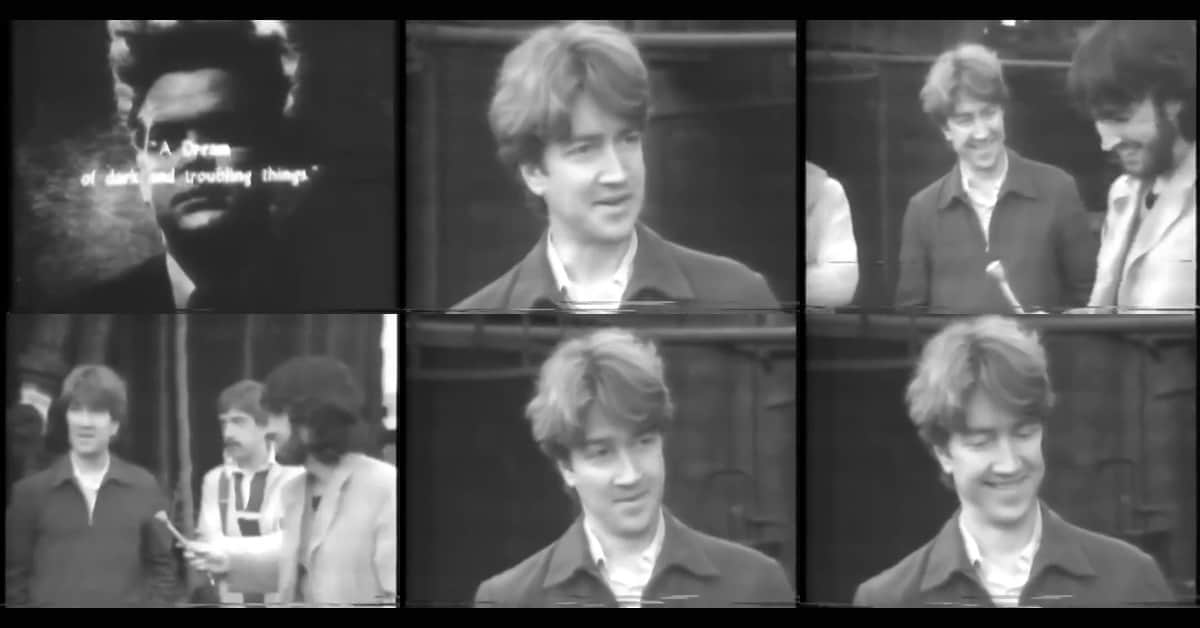
If you look down here, you can see what remains of a cat we had down here. […] That cat’s not in the film. In a sense, it’s right below in the shot.
—David Lynch
David Lynch hasn’t changed.
This nearly 40-year-old interview, conducted by Tom Christie for a TV production class at UCLA two years after the 1977 Eraserhead premiere, shows that right off the bat of his film career, David Lynch has been dodging questions about the meaning of his work. “It’s an honest film,” the then 33-year old director assures with his instantly recognizable voice that doesn’t seem to have aged ever since, “but it’s very abstract, so it’s not fair for me to say there’s a definite way it has to be interpreted.”
Commenting on several published reviews of the movie he himself once summarized as “a dream of dark and troubling things,” he somewhat agrees (“That’s a good one!”) with The San Francisco Examiner calling it a “grotesque comic melange of the vile and the uncanny.”
Especially the first half of the film is a black comedy, a strange comedy. Like I’ve said before, it’s got to be a certain kind of comedy in order to make the switch into a sort of fear.
Five minutes into the video are some hot takes from audience members who just watched a midnight screening of Eraserhead at West L.A.’s Nuart Theatre. You’ll be able to identify yourself with at least one of their responses, which range from “I thought it was the ultimate suspense thriller. I kept waiting for something to happen and it never did,” over “Uhhh…,” to “I’ve seen it 8 times, and that’s about enough. This time, I interpreted it as a nightmare.”
Also appearing briefly in this interview is legendary cinematographer Frederick Elmes, who is quick to give the director all the credit. And apparently, David Lynch had invited John Waters, whose Pink Flamingos was screening as a midnight movie at the Nuart as well, down to the oil fields to join them for the interview, but it didn’t happen.
Thanks to Tom for sharing this incredible archival footage of possibly the first interview with David Lynch on video, which was recently included as a bonus feature on Criterion’s Eraserhead release.
https://www.youtube.com/watch?v=l3WFOPWbG8I
I wanted people that were obscure, because if you’re going into the netherworld, you don’t wanna go in with Chuck Heston.
—David Lynch on casting Eraserhead
Bonus: David Lynch thanks the Nuart Theatre for its support
Today marks the 40th anniversary of David Lynch's debut feature, Eraserhead, which premiered March 19, 1977. https://t.co/9AEmPnF9cg pic.twitter.com/SXP2zRcSkV
— Welcome to Twin Peaks (@ThatsOurWaldo) March 19, 2017






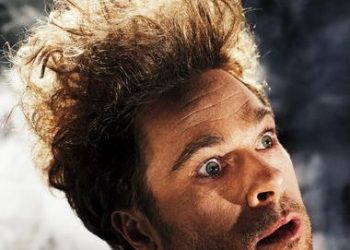
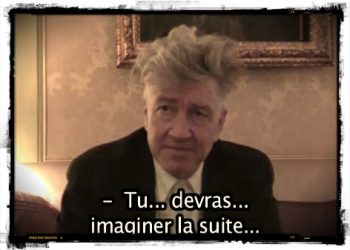
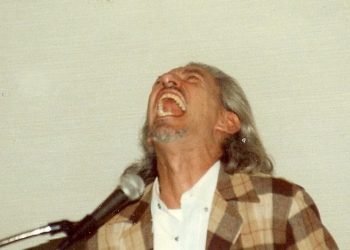
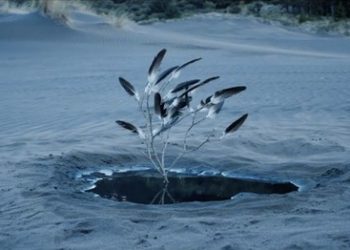

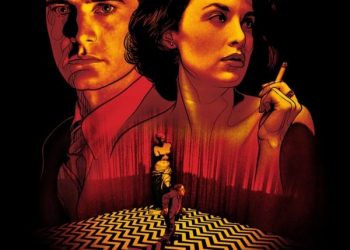
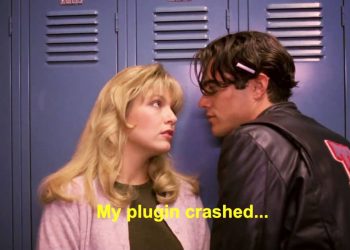




Hmmmm, so if “you go outside of the limitations of the world you have created things start to fall apart?”
Do you think he either forgot he said that or he actually thinks Season 3 doesn’t go to far outside of Twin Peaks limitations?
Interesting to hear that interview from his first film after dealing with “Inland Empire” and Twin Peaks, the Return…
Sure is interesting. He surprisingly revealed more about Eraserhead than in all later interviews combined.
“Henry and Mary got caught in the past. They live in their own time.”
THAT line instantly reminded me of Coop and Carrie.
When David Lynch attended art school there Philadelphia was a very grim, grimy, gloomy town. At that time, as a little kid, my family would drive from out home in South Jersey to Philly to visit older relatives in high rise apartments, shop and eat at Wanamaker’s Department Store (where “Mannequin” was filmed in 1986 as well as it’s somehow inferior sequel in 1991) visit the Franklin Institute or the Natural History Museum, or maybe grab a hotdog, soft pretzel and Champ Cherry soda at Old Original Levis on south 6th street.
But we’d also drive thru some of the more distressed, rundown sections of town where the colors all seemed to fade to muted browns, greys and deep blood reds. Creepy. The alcoholics and heroin addicts would shamble up to the car with their filthy quivering fingers held out to receive their copper and nickel communion. Bands of wirey but agile boys in garrish bell-bottoms and sleeveless shirts roamed the alleys and side streets anticipating some kind of fierce primal action. The odor of frying chicken, fish and other meats wafted in dense alluring clouds and filled me with the most bizarre mix of hunger, excitement and intense dread at the possibility of my father suddenly deciding that is would be a swell idea to satisfy his curiosity by stopping to found out what was the source of those entrancing fumes. Terrifying, actually, for the simple and obvious reason that nothing seen or heard there was at all familiar.
We truly were strangers in a strange, very strange land. But because my father had been born and raised in that west Philly neighborhood some 4 decades earlier when it had been a lower-middle class Jewish enclave and his vivid boyhood memories obscured his vision, he didn’t see just how minous and threatening the environs were to his wide-eyed kin. My mother was Spanish and when she got angry or tense would begin to bark out terse orders in a thick accent with her otherwise precise English now festooned with musically rhythmic Spanish expletives and insults. On many occasions when Dad would half jokingly suggest one of his extemporaneous stops Mom would let him know with absolute certainty that if he did get out of the car she would immediately shimmy across the bench seat of our not-too-out-of-place aging ’61 Ford station wagon, grab the wheel, and leave his loco ass there, such was the level of menace generated by those dark desperate streets.
So that’s the near hysterical intensity of fear and panic which permeated much of Philadelphia when David Lynch lived there and which so profoundly infused his art thereafter and which is so viscerally pulsing throughout “Eraserhead.” It’s a seriously, absurdly, exquisitely rich horror that’s as intimately familiar to me as my own nightmares.